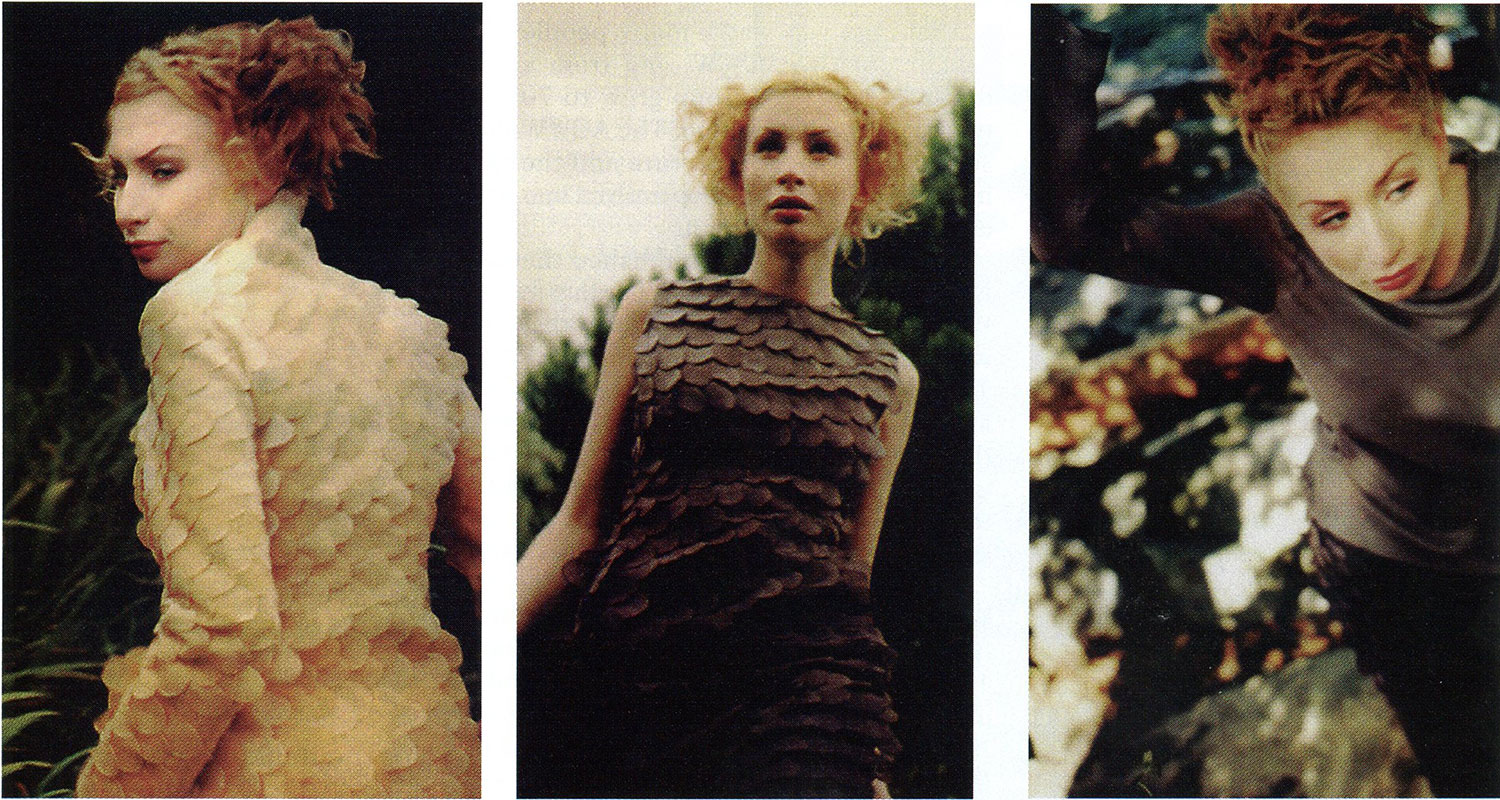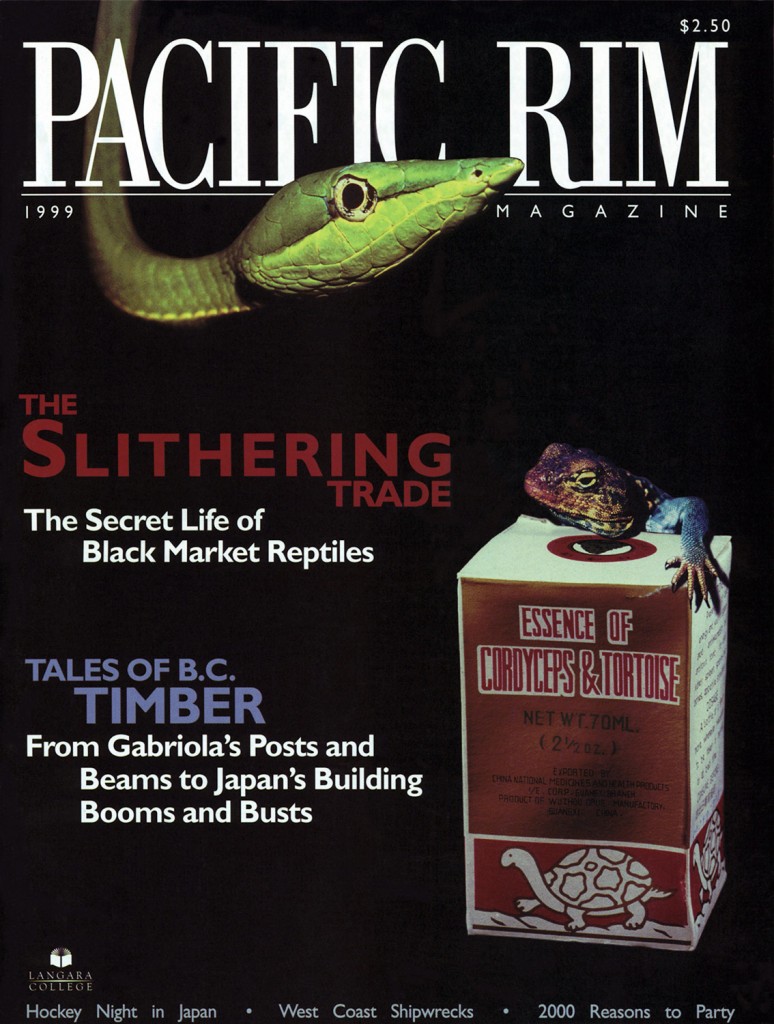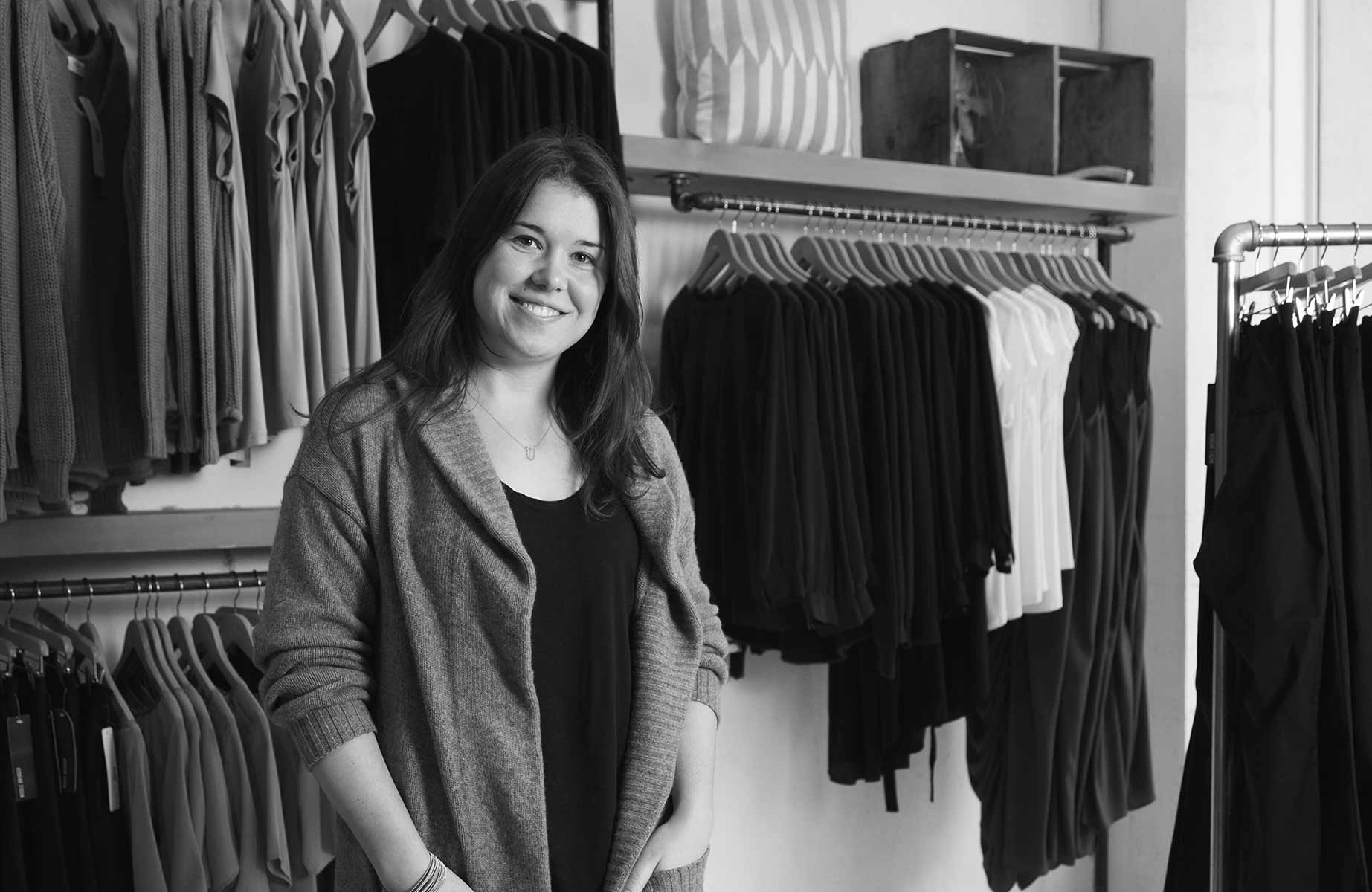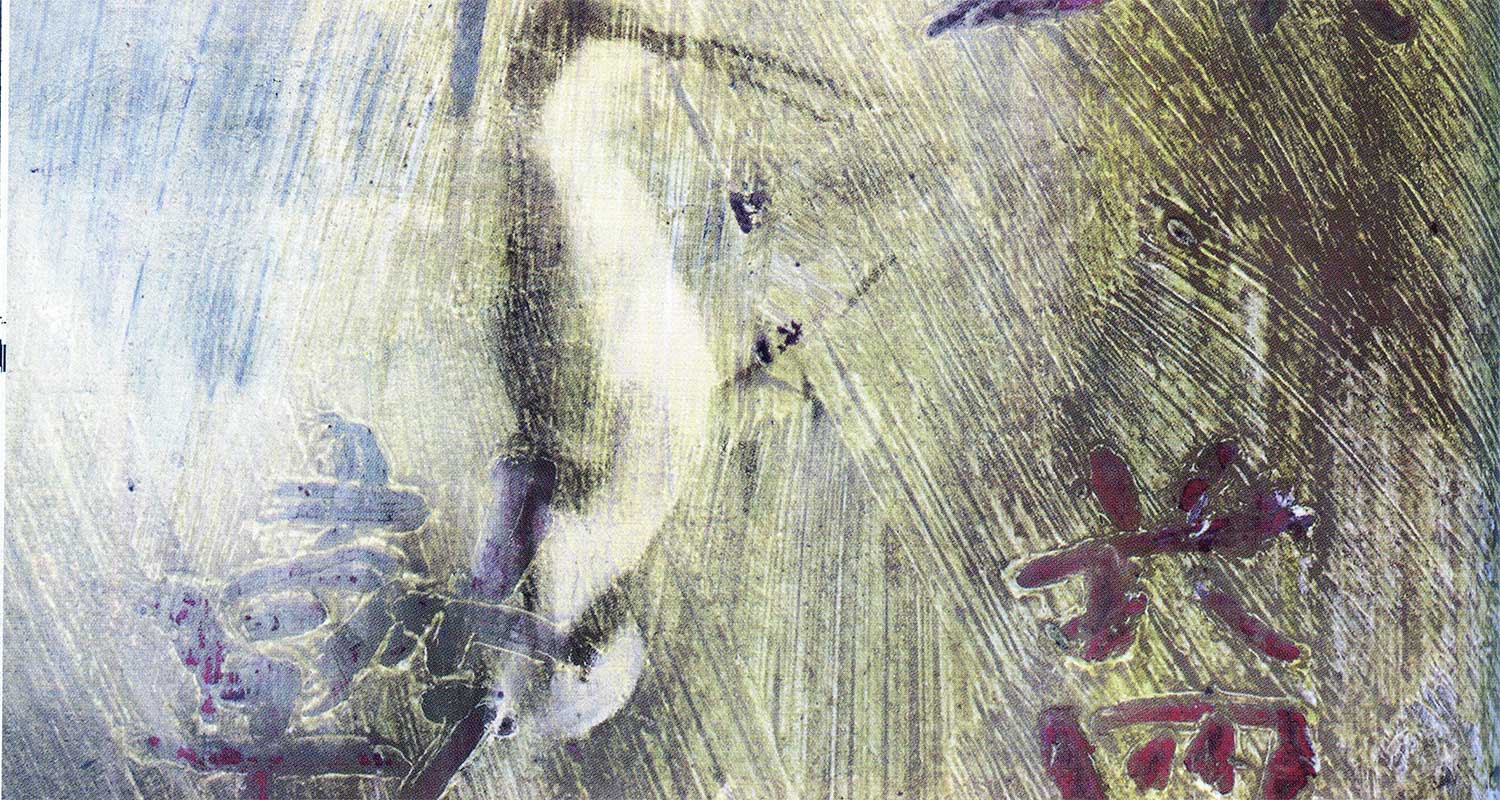As architects of style and trend, fashion designers set the standards for posh culture and high society. For the few who have achieved success beyond basement bargain stores, there is heavy pressure and criticism. Vancouver designer Yumi Eto, owner of E.T.O. Clothes Ltd., has recently become one of the newest players in the fashion industry.
Eto’s company has signed an exclusive and lucrative deal with the established New York retailer Barneys. Her collection will be in good company, sharing the floor with Yoji Yamamoto and Comme des Garcons. While success is not new for Eto – she has been sought by Madonna’s wardrobe stylist, Diahann Carroll and Canada’s upscale Holt Renfrew – now things are now looking up for her. Her move to the fourth floor of Barneys is a definite honour, due to the floor’s devotion to elite merchandise.
We are determined to remain out of the fashion loop, and continue our commitment to the creation of a product distinct in its innovation, elegance and workmanship.
At 30, Eto has brought a wealth of diversity, education, and experience to the collections. Her beginnings as a hair and wig stylist helped her develop an eye for balance, silhouette, and proportion. And her stint as a costume restorer for museum and private collections fueled her fascination for the needle arts. Eto graduated in 1989 from Vancouver’s own Helen Lefeaux School of Fashion Design and spent the following five years apprenticing with the European couturiere Madame Lefeaux. Now, Eto has a reputation as an exquisite designer, one whose fine arts and technical background define her place in the fashion world. She views her products as unique; her designs reflect how living in Vancouver has let her feel comfortably removed from an industry known for its excesses. “We are determined to remain out of the fashion loop, and continue our commitment to the creation of a product distinct in its innovation, elegance and workmanship,” explains Eto.
She approaches fashion more as artist than designer. Her shapes are generally simple in form, but her ornate fittings give her pieces courtly sophistication and meticulous appearance. Working with silk gazar, silk noil, silk organza, wool faille and wool crepe, she sews across the surface of her fabrics to add texture.
For other pieces, she uses a cutwork technique to add pattern. Petal skirts and dresses are made from double-layered organza sewn to create the look of flower petals. Her signature petal work took two years to master. Prices begin at $950 for trousers, with more elaborate dresses costing up to $6,000. Her collection appeals to women who share an appreciation for innovative and elegant design, superior craftsmanship and luxurious fabrics.











